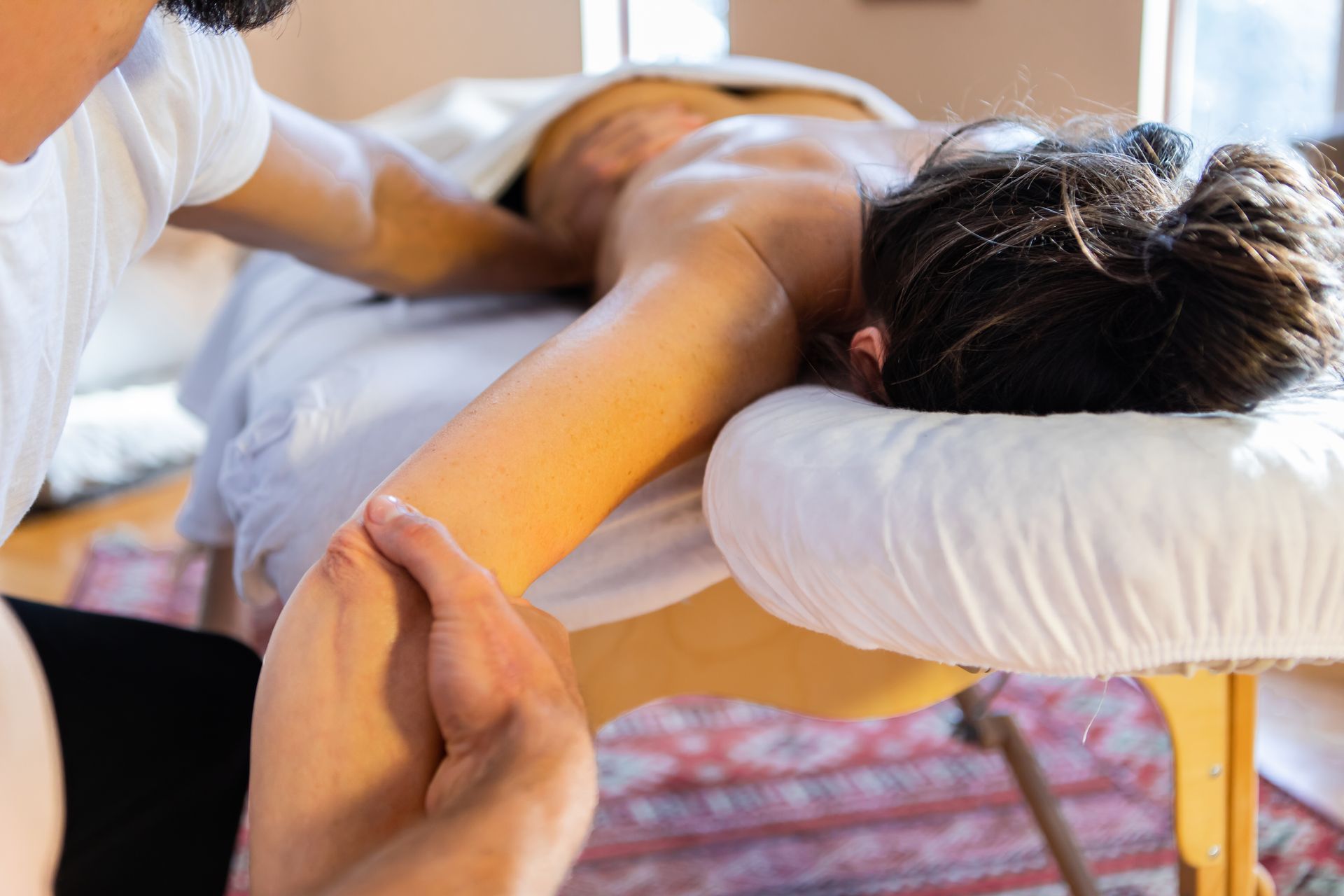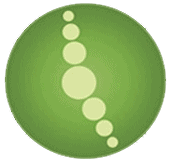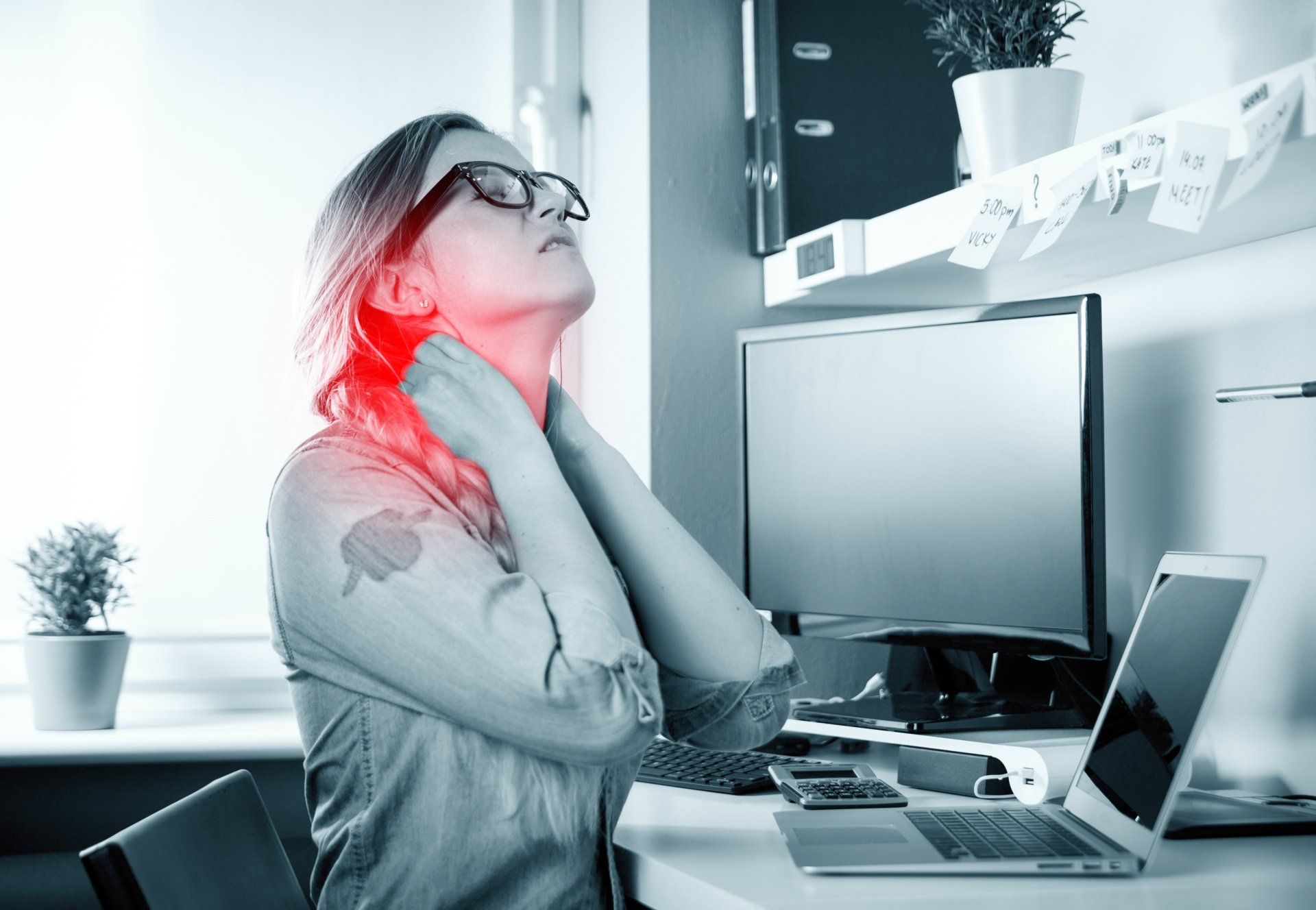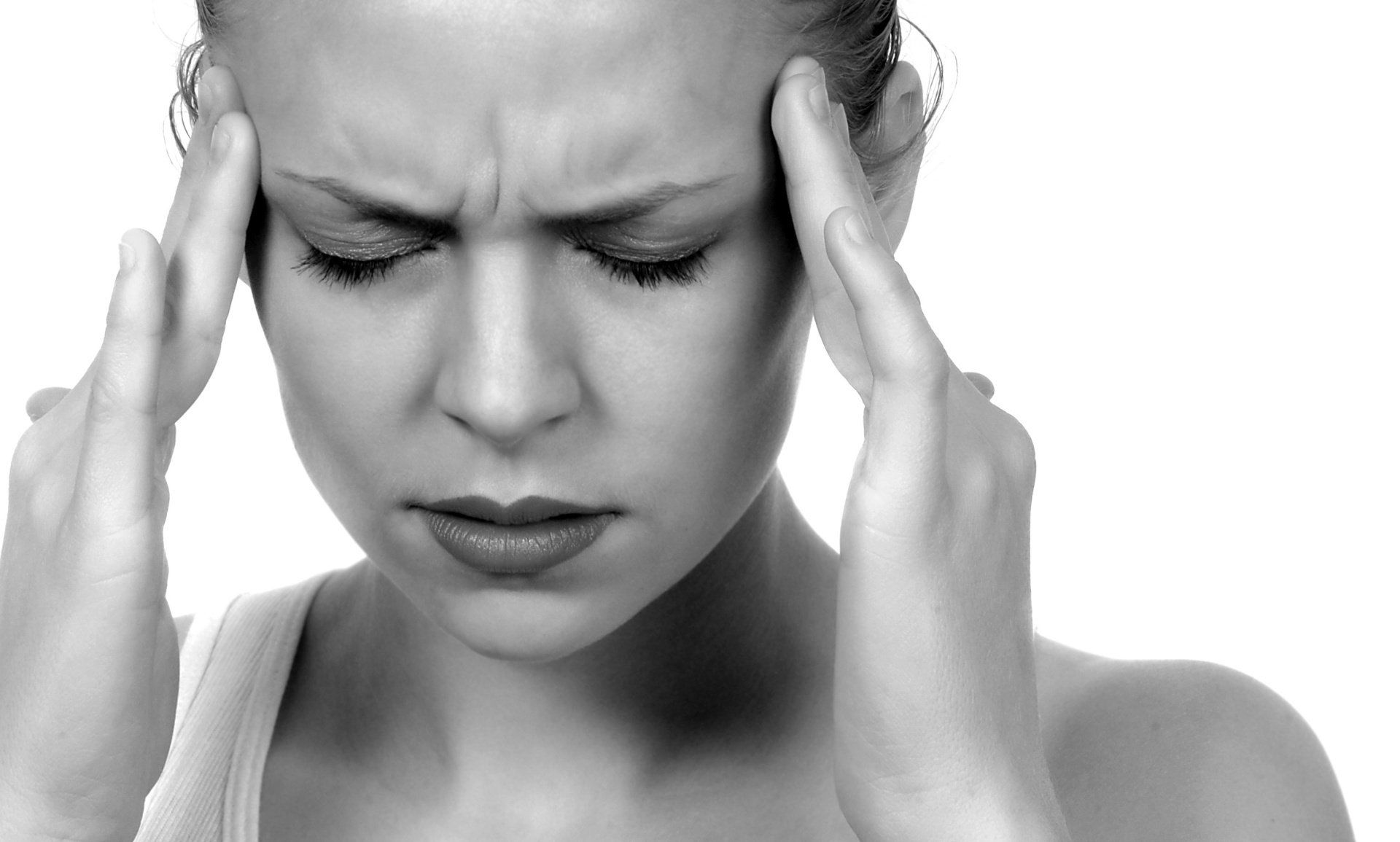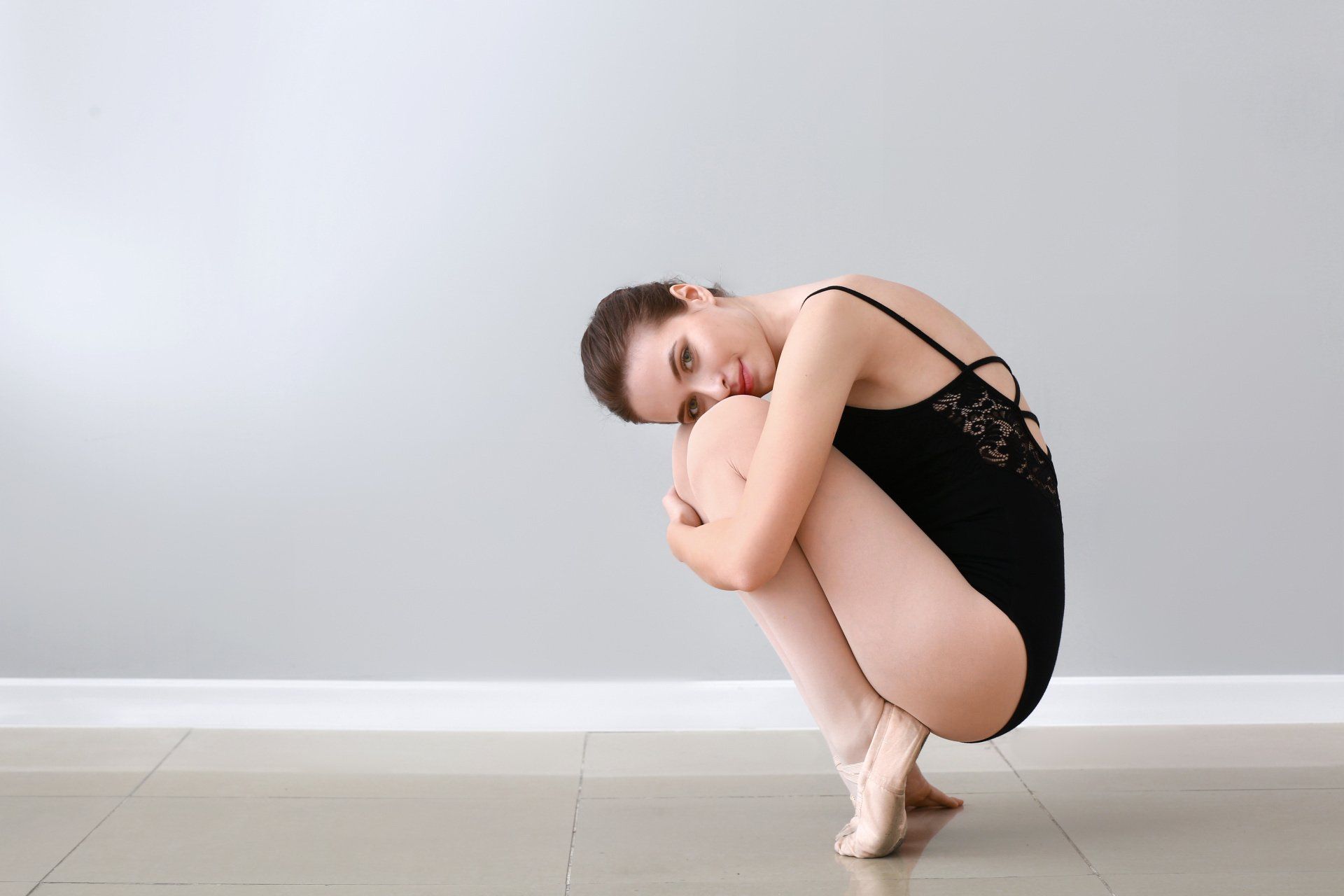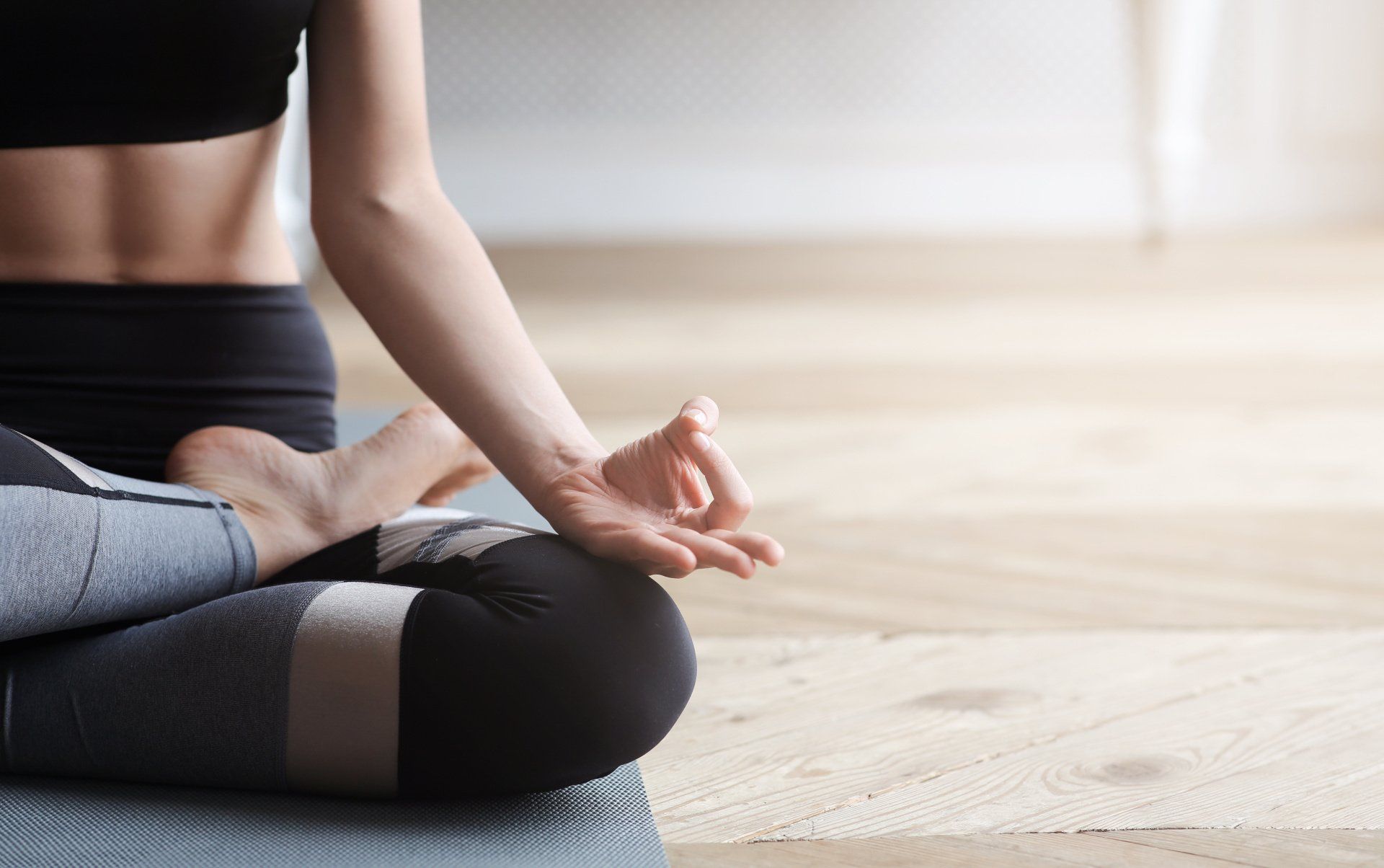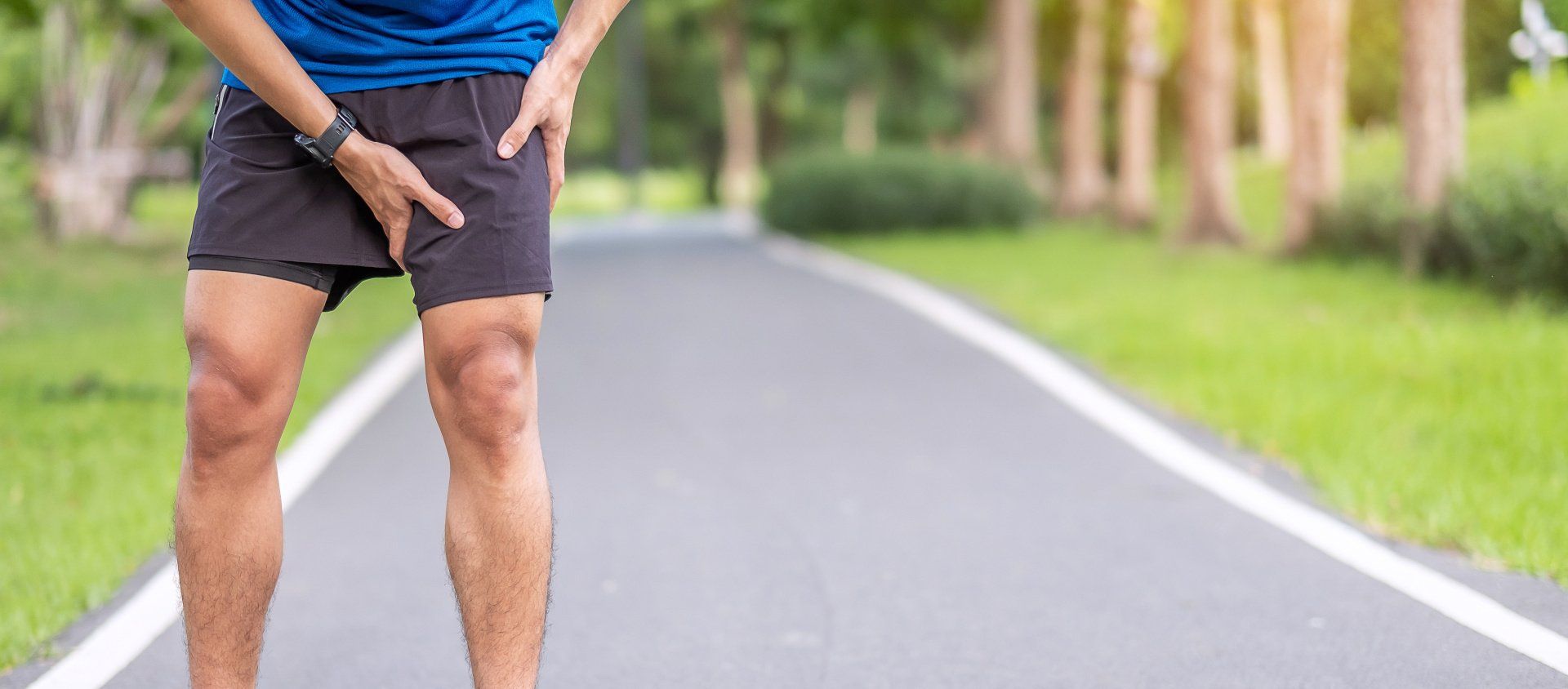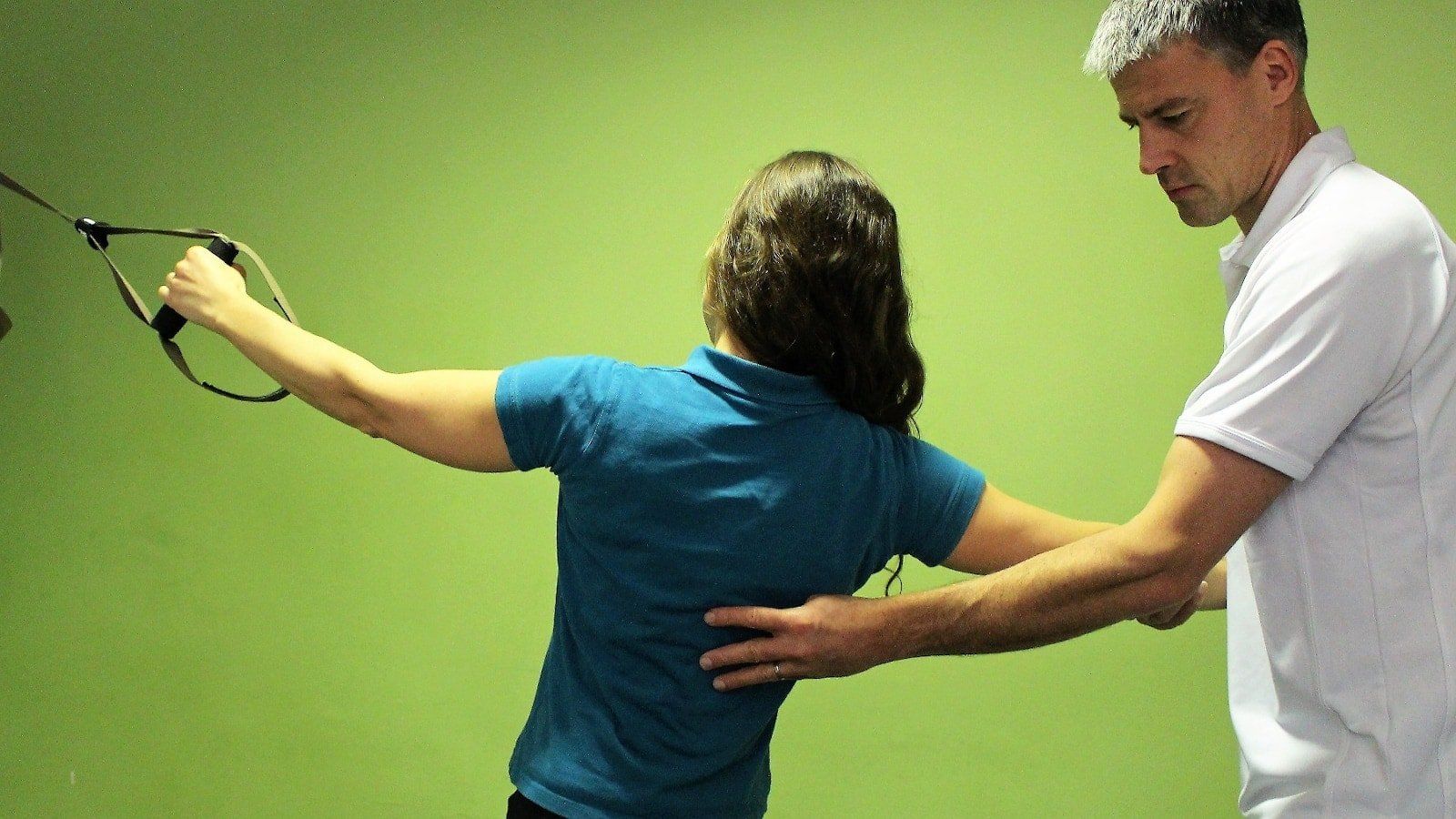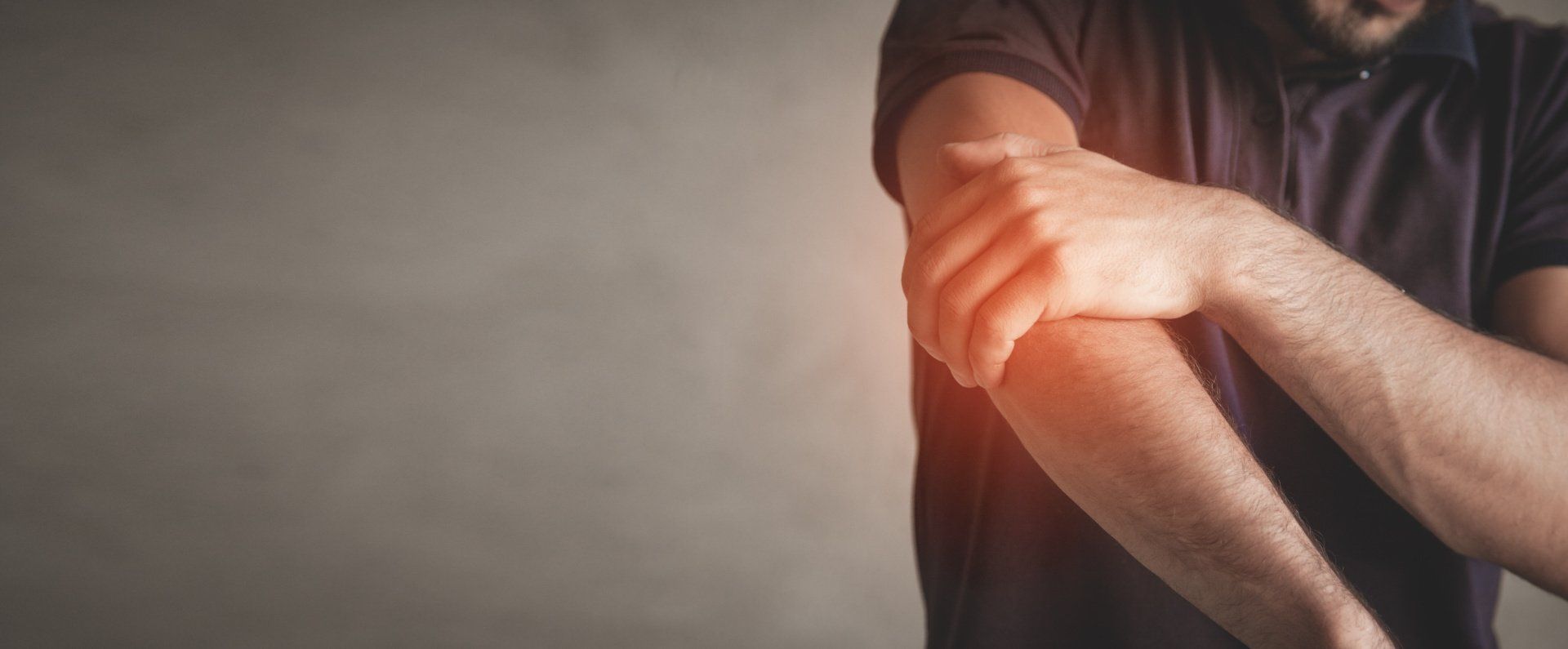Why does sitting at a computer hurt?
Sitting at a desk all day puts a lot of strain on certain parts of your body. In particular the low back, middle back, upper limb (arm and forearm) and neck.
This strain builds up over the years until the body cannot cope anymore and something becomes painful. You may not be injured as you would be if you suffered an accident or traumatic incident. The pain comes from a cumulative build-up of strain. The treatment needs to reflect this and as such is focused on reversing this build up. The three most common types of build-up are chronic tension, chronic stretch and repetitive strain.
Chronic Tension
With chronic tension, which occurs mainly in the upper back, shoulders and neck, the cause is holding yourself in a static posture for prolonged periods of time. The muscles contract to hold you in this posture and begin to learn to be contracted. Muscles learn to perform a task that they do repeatedly. For example learning to write: at first it is very difficult but the more you practise the easier it becomes until you can do it without thinking about it. The muscles have learnt to perform that detailed task. Similarly, muscles learn to be statically contracted. If they perform this task for long enough (all day every day) it becomes normal for them to perform this task and they do it instinctively. Once this has happened it will be normal for them to be tense. You haven’t forgotten how to be un-tense but the default setting is for them to be tense. As the tension builds up the muscles start to become fatigued and eventually painful. The treatment is to re-teach you how to be un-tense. To reset the default setting to un-tense. Then the muscles can recover and the pain disappears. This sounds very easy and it is with help. But it is very hard to do on your own.
Chronic Stretch
With chronic stretch, which occurs mainly in the low back, all the supporting structures are constantly being stretched. When you sit slouched, all the structures at the back of the body are being stretched. If they are stretched for long enough they elongate and weaken. When they are elongated their structure changes and the body senses this as pain. When they are weakened they are easily damaged, which is painful. The treatment is focused towards changing the structure back to normal.
Repetitive Strain
With repetitive strain there is repeated, cumulative overuse of certain areas and is generally associated with poor posture. This commonly occurs in the wrist, elbow and shoulder. Our bodies are designed to move and when they do so correctly there is very little effort or strain. When they do so poorly there is some, or a lot, of strain. Think of it like a car tyre. If the steering is slightly out the tyres will wear down on one side prematurely. If the steering is straight they will wear out evenly. Similarly when we move we will “wear out” but, unlike the tyre, we can recover. If the balance between use and recovery is equal or in favour of recovery then all is well. If we move “out” we put increased strain on certain areas and the balance of use to recovery becomes increased in favour of use and so we “wear out”. This is when injury occurs. The treatment for this is to “straighten out” the movement using manual techniques and ergonomics. The advise I give is personalised and far outweighs the regulatory requirements of the Health and Safety Executive.
